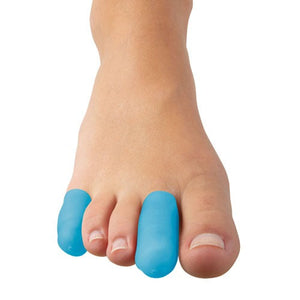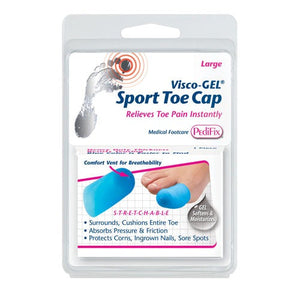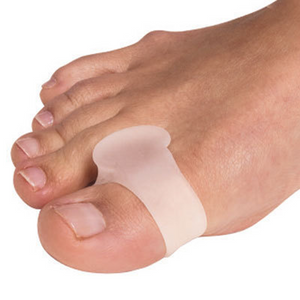Ingrown toenails are painful and recurring, but with the right care, they can be fixed permanently. Learn 11 expert-recommended ways to treat and prevent ingrown toenails at home, including non-surgical options and must-have tools.
What Is an Ingrown Toenail and Why It Happens
An ingrown toenail occurs when the edge of your nail grows into the surrounding skin, leading to pain, swelling, and sometimes infection. It's a common condition affecting people of all ages, often caused by:
- Improper nail trimming (cutting too short or curved)
- Tight footwear that pressures the toenails
- Injury or trauma to the toe
- Genetic predisposition
- Poor foot hygiene
Understanding the cause is the first step in choosing the right permanent home remedy for ingrown toenail relief.
11 Ways to Fix an Ingrown Toenail Permanently
1. Soak in Warm Salt Water
Soak your feet in warm water with Epsom salt for 15–20 minutes, 2–3 times daily. This softens the nail and skin, reducing swelling and discomfort.
2. Use a Cotton or Dental Floss Lift
Gently insert a small piece of clean cotton or waxed dental floss under the ingrown edge. This helps the nail grow above the skin. Replace daily.
3. Apply Antibiotic Ointment
To prevent infection, apply an antibacterial ointment after each soak and keep the area covered with a sterile bandage.
4. Trim Nails Correctly
Always trim nails straight across instead of curved. Avoid cutting them too short to stop the nail from growing into the skin.
5. Wear Open-Toed or Wide Shoes
Avoid tight shoes that increase pressure on the toenails. Choose breathable, open-toed footwear during the healing process.
6. Use an Ingrown Toenail Corrector Tool
A non-surgical treatment for ingrown toenail includes using a corrector brace or spring device to gently lift the edges of the nail and train it to grow correctly.
Try This: Buy ingrown toenail corrector online
7. Apply Tea Tree or Apple Cider Vinegar
Natural remedies like tea tree oil or diluted apple cider vinegar have anti-inflammatory and antiseptic properties. Use sparingly to reduce pain and swelling.
8. Keep Feet Dry and Clean
Daily hygiene is crucial. Wash feet with antibacterial soap and dry them completely, especially between the toes.
9. Use Toe Separators or Silicone Shields
These devices reduce pressure and friction, helping prevent recurrence. They're especially helpful if your toes naturally crowd together.
10. Visit a Podiatrist for Non-Surgical Treatment
If the ingrown toenail keeps returning or worsens, consult a foot specialist. They may offer non-invasive treatments, like partial nail removal or chemical cauterization.
11. Prevent Future Recurrence
- Trim regularly and properly
- Wear protective footwear in public showers
- Use best ingrown toenail tool kit for home use regularly
- Keep toenail edges smooth using a nail file
Frequently Asked Questions (FAQs)
1. How to stop ingrown toenails from coming back?
Maintain proper nail care, use correctors early, and avoid tight shoes. Prevention is key for long-term results.
2. Can ingrown toenails be treated at home permanently?
Yes, many mild to moderate cases can be treated at home using permanent home remedies for ingrown toenail. Consistency and early care matter.
3. Are there non-surgical options for severe ingrown nails?
Yes, tools like corrector braces and podiatrist-recommended treatments can often fix the issue without surgery.
Conclusion
Dealing with an ingrown toenail can be frustrating, but it doesn’t have to be permanent. By following these 11 tips and using the right toenail treatment tools, you can achieve lasting relief and prevent future occurrences.
Need help choosing the right product?
Explore Moovkart's collection of toe correctors, antiseptic creams, and foot care kits to take the first step toward comfort.







